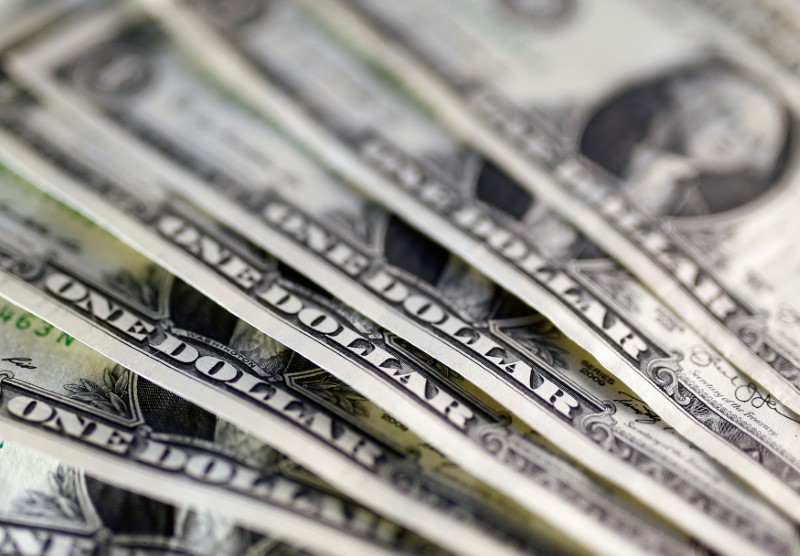(Bloomberg) -- The ascendant dollar is wreaking havoc across foreign-exchange markets as traders brace for the Federal Reserve to continue hiking interest rates aggressively.
Over the past week, the pound dropped past $1.14 for the first time since 1985, the Australian dollar hit a fresh two-year low against the greenback and China’s yuan fell to the lowest since 2020, pushing past the 7-per-dollar mark.
Officials in Japan, meanwhile, signaled they could be preparing to intervene in the market to stop the yen -- hovering near a 24-year low -- from weakening further. The euro slipped back below parity despite the European Central Bank’s jumbo interest-rate hike last week.
Traders are betting the Fed will have to act decisively after a hotter-than-expected inflation reading this week. They’ve fully priced in a third straight 75-basis-point for Wednesday’s meeting and see a small chance of a larger 100-basis-point move, the biggest increase since 1984.
“The dollar call is effectively a US inflation call,” wrote Bank of America (NYSE:BAC) strategists including Claudio Piron in a note to clients. “Assuming the Fed remains committed to fight inflation but also would like to avoid a hard landing, we would expect the dollar to start weakening only when US inflation is on a clear downward path.”
Inflation Surprise Puts Onus on Fed to Hit Brakes Even Harder
The Fed’s aggressive stance and the dollar’s role as a haven asset stands out against a backdrop of policy easing in China and Japan, and lingering growth fears in Europe due to an ongoing energy crisis. Commodity currencies have also been hit, as traders factor in the risk of global central bank tightening denting consumer demand.
“In such an environment, risk sentiment is struggling to recover and this is just another factor delaying any correction in the dollar,” wrote ING Bank NV strategist Francesco Pesole in a note to clients. “We see the dollar staying on solid ground into Wednesday’s FOMC announcement.”
While not their base-case, strategists at Goldman Sachs & Co (NYSE:GS) LLC including Dominic Wilson have calculated that a more hawkish Fed stance that pushes the unemployment rate to 5%, could see a further 4% increase in the dollar on a trade-weighted basis.
“Policymakers have made it clear that they want to see inflation on a sustained downward path, which I interpret to mean at least several months of falling core inflation,” said Joachim Fels, a managing director at Pacific Investment Management Co. “Such a downward path could well stay elusive for quite some time, especially in the U.S.”
©2022 Bloomberg L.P.
